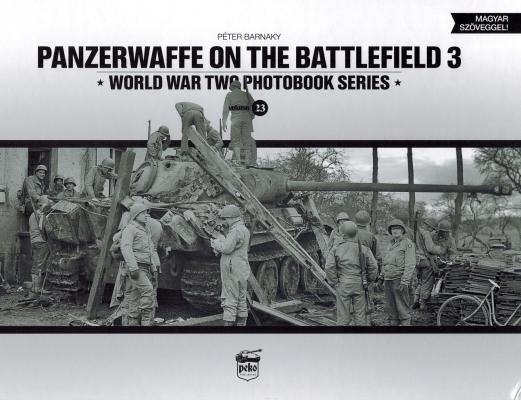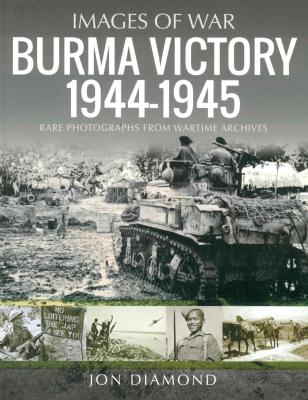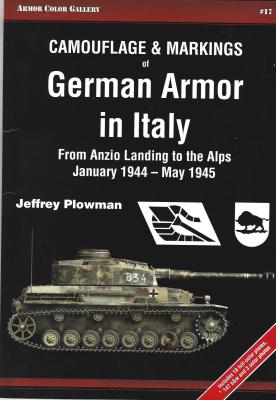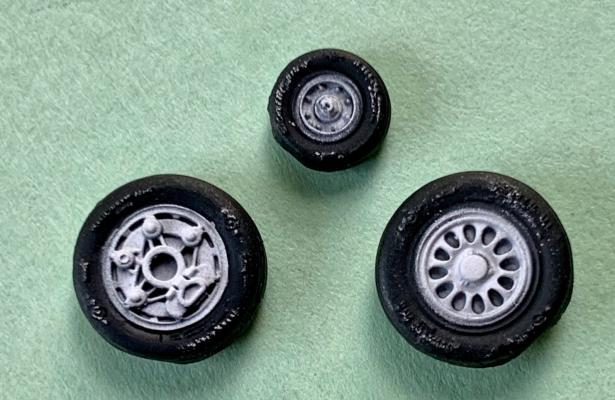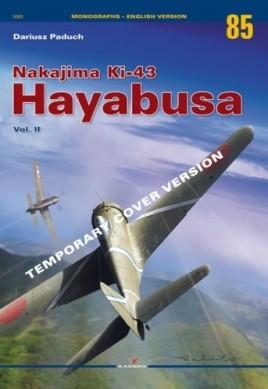This book is number 23 of The World War II Photobook Series. As the title implies this book is a series of photos taken on the battlefield. You will find quite a collection of German AFV in many locations, as well as condition. There are photos of German AFV in pristine condition, in battle, as well as those destroyed. Most of the photos are accredited to Peter Kocsis, with one accredited to Paul Johnson and 5 to The Archives of Modern Conflict. All photos have interesting subjects and many may be a good source of dioramas.
Welcome to the IPMS/USA Reviews site!
Introduction: The primary organization of the IPMS/USA Review website is by IPMS/USA National Contest Class. Within each Class there are sub-menus by kits, decals, books, etc. The Miscellaneous Class is for items that are not class specific or that cross two or more classes.
IPMS/USA Members: We encourage you to submit reviews, both here and to the Journal. To volunteer for membership in the IPMS/USA "Reviewers Corps" and submit your own reviews, please read the Guidelines For Submitting Product Reviews.
Manufacturers, publishers, and other industry members: IPMS/USA is pleased to offer your company the opportunity for product reviews. All product reviews are performed by IPMS/USA members, and are posted in the publicly-accessible section of our website. With very few exceptions, we perform full build reviews of new kit releases, aftermarket products, and supplies. If you would care to provide product samples for review, please contact John Noack, IPMS/USA 1st VP.
To learn more about IPMS/USA, please see our About Us page.
The book’s title, Burma Victory 1944-1945, is a little misleading as the first, very detailed chapter delves into the Japanese blitzkrieg beginning in December 1941 through 1942. The Japanese victories in China, the Dutch East Indies, Singapore, Hong Kong, Malaya and the Philippines set the stage for this book on a long forgotten and neglected theater of World War II. The author does an amazing job describing the harsh, varied terrain, weather and combatants and how the Allies regrouped and learned to fight the previously invincible Japanese military as they made their furthest incursion west.
This is the #17 book in the Armor Color Galley range – Camouflage & Markings of German Armor in Italy From Anzio Landings to the Alps January 1944 to May 1945.
The Chapters are:
This set supplies drop-in replacement wheels for 1/72 F-16 C/D Block 40 and later kits.
As you would expect from Brengun, the wheels are very finely cast featuring realistic tread pattern, raised lettering and other markings on the sidewalls and sharply detailed brake pads and wheel hubs. I compared them to the wheels of a Tamiya F-16CJ kit and as shown in the photos, the detail on the Brengun parts is a vast improvement over the kit wheels. Each tire also has a flat spot to simulate the weight of the aircraft on the tires; however, it is not overdone so that the tires look flat.
I painted the wheels Tamiya NATO Black and the rims/brake pads Tamiya Flat White, with a black wash to bring out the details. I used a white colored pencil to highlight lettering and markings on the sidewalls.
The wheels have round mounting holes on the back side, so they should be adaptable to just about any 1/72 F-16C/D Block 40 and later kit.
Highly recommended.
Background from the Website
Nakajima K-43 Hayabusa, code-named Oscar by the Allies, was the Imperial Japanese Army’s equivalent of the Zero fighter in service with the Imperial Navy. In combat units, the machine replaced the aging Ki-27. Manufactured in large numbers, the fighter remained in frontline service until the end of the war. By the time its final version entered production, the development of its successor – the Ki-84 – had already started. The Ki-43 was a very maneuverable machine, but in many areas it was inferior to its adversaries. Despite its fragile design, poor armament and almost no armored protection, the Ki-43 was well-liked by the Japanese pilots and it became a symbol of the Imperial Japanese Army Air Service. Hayabusa was the pinnacle of the Japanese fighter design development until the lessons learned in the Pacific laid the ground for new approaches to the construction of tactical aircraft.











